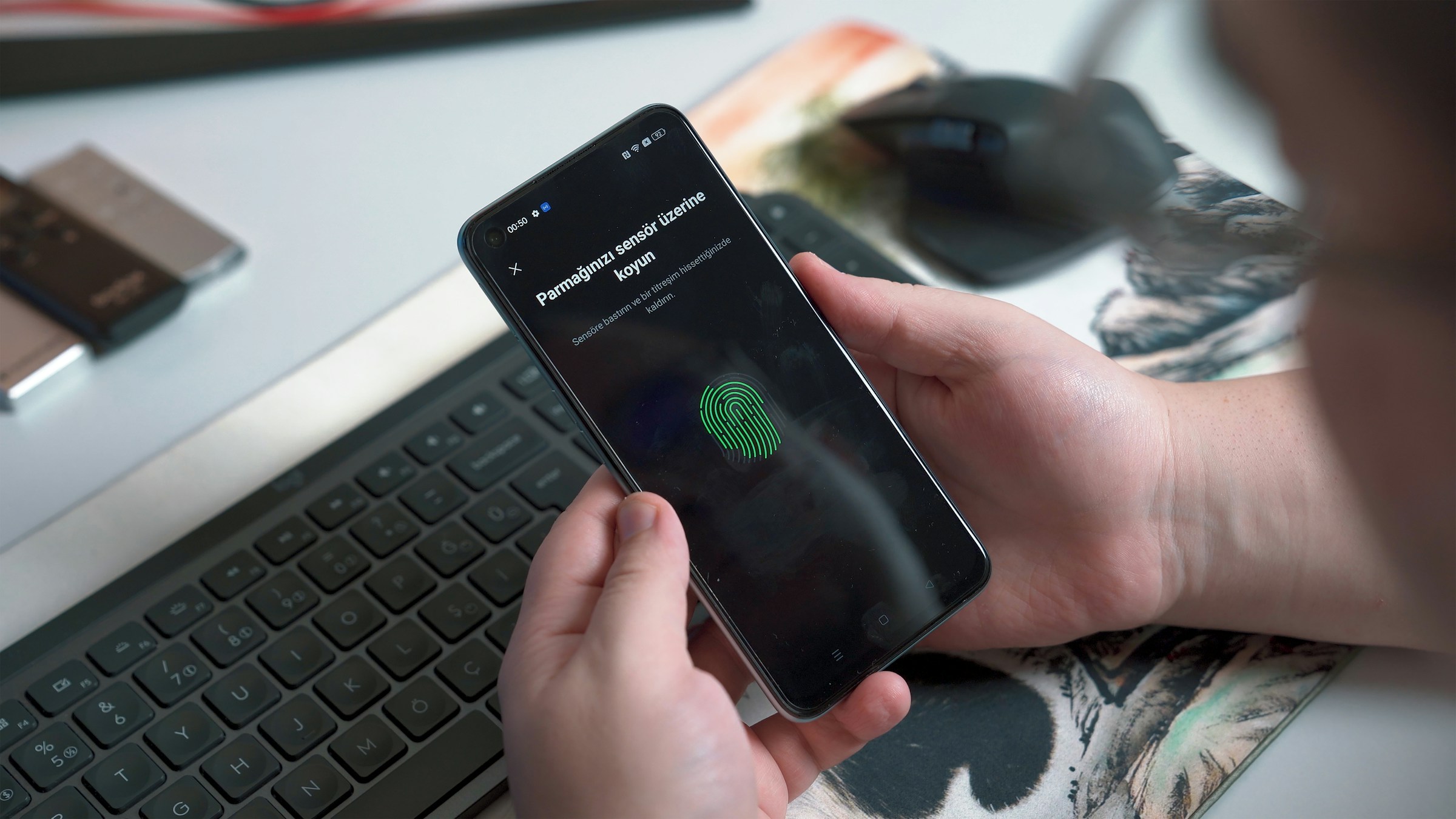Welcome to the world of cloud solutions, where businesses of all sizes can harness the power of technology to drive growth and efficiency. In this article, we will explore what cloud solutions are and how they can benefit your business. Whether you’re a small startup or a large enterprise, understanding the potential of cloud solutions is essential in today’s digital landscape. So, let’s dive in and discover the endless possibilities that cloud solutions can offer to propel your business forward.
What are Cloud Solutions?
Cloud solutions refer to the use of remote servers, networks, and software applications to store, manage, and process data, rather than relying on local infrastructure. In simple terms, it means accessing and utilizing computing resources and services over the internet. Cloud solutions offer businesses the flexibility to scale their operations, reduce costs, enhance collaboration, and improve data security. By leveraging the power of the cloud, businesses can streamline their processes, increase efficiency, and focus on their core competencies, while leaving the technical aspects to cloud service providers.
How Do Cloud Solutions Work?
Cloud solutions work by utilizing remote servers and networks to store, manage, and process data and applications. Instead of relying on local infrastructure, businesses and individuals can access these resources over the internet. When using cloud solutions, data is stored on remote servers maintained by cloud service providers, and users can access and manage their data and applications through a web-based interface or API.
The cloud service provider takes care of the underlying infrastructure, including server maintenance, security, and updates, allowing users to focus on their tasks without the need for extensive IT resources. This flexibility and scalability of cloud solutions enable businesses to streamline their operations, reduce costs, and easily adapt to changing business needs.
What are the Benefits of Cloud Solutions?
Scalability
Cloud solutions, such as cloud computing and cloud services, offer businesses the ability to scale their resources up or down on demand. This flexibility allows for efficient resource allocation and cost optimization.
Cost-effectiveness
By utilizing cloud solutions, businesses can avoid the upfront costs associated with purchasing and maintaining physical infrastructure, such as storage, databases, and virtual servers. Instead, they can pay for the resources they use on a subscription or pay-as-you-go basis, reducing overall IT expenses.
Accessibility and Collaboration
Cloud solutions enable users to access their data and applications from anywhere with an internet connection. This accessibility promotes remote work, enhances collaboration among team members, and facilitates seamless sharing and syncing of files.
Data Security and Backup
Cloud service providers implement robust security measures to protect data storage from unauthorized access, ensuring the safety of databases and hosted services. They also offer automated backup and disaster recovery solutions, ensuring that data is protected and can be easily restored in case of any unforeseen events.
Reliability and Performance
Cloud solutions are built on redundant infrastructure, ensuring high availability and minimizing downtime. Additionally, cloud service providers often have multiple data centers located in different regions, improving performance and reducing latency in data delivery.
Analytics and Intelligence
Cloud solutions provide powerful analytics and intelligence capabilities, allowing businesses to gain valuable insights from their data. With cloud-based analytics tools, businesses can analyze large datasets, uncover patterns, and make data-driven decisions.
Networking and Integration
Cloud solutions offer networking capabilities that enable businesses to connect and integrate their systems and applications seamlessly. This facilitates efficient data transfer, communication, and collaboration between different parts of the organization.
Environmental Sustainability
By utilizing cloud solutions, businesses can contribute to environmental sustainability efforts. Cloud data centers are designed to be energy-efficient, reducing energy consumption and carbon footprints compared to traditional on-premises infrastructure.
Disaster Recovery and Business Continuity
Cloud solutions provide robust backup and disaster recovery capabilities, ensuring that businesses can quickly recover data and resume operations in the event of a disaster or system failure. This helps maintain business continuity and minimize downtime.
Global Reach
Cloud solutions enable businesses to expand their operations globally without the need for physical infrastructure in each location. This global reach allows for easy access to customers and markets worldwide, facilitating business growth and expansion.
What Types of Cloud Solutions are Available?
Here are the 8 most common types of cloud solutions:
- Infrastructure as a Service (IaaS): IaaS provides businesses with virtualized computing resources, including virtual machines, storage, and networking infrastructure. It allows organizations to build and manage their IT infrastructure in the cloud, providing flexibility and scalability without the need for physical hardware.
- Platform as a Service (PaaS): PaaS offers a complete development and deployment environment for businesses to build, test, and deploy applications. It provides a platform with pre-configured tools and services, allowing developers to focus on coding and application logic without worrying about underlying infrastructure management.
- Software as a Service (SaaS): SaaS delivers software applications over the internet on a subscription basis. Users can access and use these applications through a web browser without the need for installation or maintenance. SaaS eliminates the need for businesses to manage software updates and infrastructure, providing convenience and accessibility.
- Storage as a Service (STaaS): STaaS provides scalable and flexible storage solutions in the cloud. It allows businesses to store and retrieve data on demand, eliminating the need for physical storage infrastructure. STaaS offers cost-effective and reliable data storage options, ensuring data availability and durability.
- Database as a Service (DBaaS): DBaaS offers managed database services in the cloud. It provides businesses with a scalable and secure environment for storing and managing their databases without the need for database administration tasks. DBaaS simplifies database management, improves performance, and ensures data integrity.
- Backup as a Service (BaaS): BaaS provides automated backup and recovery services for business data. It ensures data protection and allows for easy restoration in case of data loss or system failure. BaaS eliminates the need for businesses to manage their backup infrastructure, providing peace of mind and data resilience.
- Disaster Recovery as a Service (DRaaS): DRaaS offers a comprehensive solution for businesses to recover their IT infrastructure and data in the event of a disaster. It provides replication, backup, and recovery services to ensure business continuity. DRaaS minimizes downtime and data loss, enabling organizations to quickly recover and resume operations.
- Content Delivery Network (CDN): CDN services distribute content across multiple servers located in different geographic locations, improving the delivery speed and performance of websites and applications. CDN reduces latency, enhances user experience, and ensures efficient content delivery to users worldwide.
These eight types of cloud solutions offer businesses a wide range of options to meet their specific needs, whether it’s infrastructure management, application development, data storage, backup and recovery, or content delivery. By leveraging these cloud solutions, businesses can enhance their efficiency, scalability, and overall operational effectiveness in the digital age.
Can Cloud Solutions Be Customized to Meet Specific Business Needs?
Yes, cloud solutions can be customized to meet specific business needs. Cloud service providers offer a range of options and configurations that allow businesses to tailor their cloud environment to their unique requirements. This customization can include selecting the appropriate level of resources, choosing specific software applications or services, implementing security measures, and integrating with existing systems. Additionally, businesses can leverage APIs and development tools provided by cloud service providers to build custom applications and solutions on top of the cloud infrastructure. This flexibility and customization enable businesses to optimize their cloud environment to align with their specific goals, workflows, and industry requirements.
How Can Cloud Solutions Improve Collaboration and Productivity?
Cloud solutions can greatly improve collaboration and productivity within businesses. By providing a centralized platform accessible from anywhere with an internet connection, cloud solutions enable team members to collaborate in real time, share files, and communicate seamlessly. This eliminates the need for physical proximity and allows for efficient remote work.
Additionally, cloud solutions offer features such as version control, document sharing, and simultaneous editing, which enhance collaboration and streamline workflows. With cloud-based productivity tools and applications, teams can work together more effectively, leading to increased productivity, faster decision-making, and improved overall efficiency.
Are There Any Limitations or Drawbacks to Using Cloud Solutions?
While cloud solutions offer numerous benefits, there are also some limitations and drawbacks to consider. One potential limitation is the reliance on internet connectivity – without a stable internet connection, access to cloud services may be disrupted. Additionally, businesses may have concerns about data security and privacy when storing sensitive information in the cloud.
There can also be challenges in migrating existing systems and applications to the cloud, as well as potential vendor lock-in if businesses become heavily dependent on a specific cloud service provider. Lastly, there may be compliance and regulatory considerations that need to be addressed when using cloud solutions, especially in industries with strict data governance requirements. It is important for businesses to carefully evaluate these factors and consider their specific needs before fully embracing cloud solutions.
Are Cloud Solutions Secure?
Cloud solutions can provide a high level of security when implemented and managed properly. Cloud service providers invest heavily in robust security measures to protect data and infrastructure. They employ advanced encryption techniques, firewalls, and access controls to safeguard data from unauthorized access. Additionally, cloud providers often have dedicated security teams that monitor and respond to potential threats.
However, it is important for businesses to also take responsibility for implementing proper security measures, such as strong access controls, regular data backups, and employee training on security best practices. By following industry-standard security protocols and working closely with reputable cloud service providers, businesses can ensure that their data and applications are well-protected in the cloud.
How are Cloud Solutions and Cybersecurity Related
Cloud solutions and cybersecurity are closely related as cloud solutions involve the storage, processing, and transmission of data over the internet. As businesses increasingly rely on cloud services, it becomes crucial to address cybersecurity concerns to protect sensitive information from unauthorized access, data breaches, and other cyber threats. Cloud service providers play a significant role in implementing robust security measures to safeguard data and infrastructure.
However, businesses also have a responsibility to implement additional security measures, such as strong access controls, encryption, regular monitoring, and employee training, to ensure the overall cybersecurity of their cloud-based systems and data. Collaboration between businesses and cloud service providers is essential to establish a strong cybersecurity framework and mitigate potential risks.
Conclusion
In conclusion, cloud solutions have revolutionized the way businesses operate by providing scalable, cost-effective, and flexible options for managing data, applications, and infrastructure. From Infrastructure as a Service (IaaS) to Software as a Service (SaaS), businesses can leverage a variety of cloud solutions tailored to their specific needs. The benefits of cloud solutions, such as improved collaboration, increased productivity, enhanced data security, and reduced IT costs, make them an attractive choice for businesses of all sizes. However, it is important to carefully consider factors like data security, internet connectivity, and compliance requirements when adopting cloud solutions. By understanding the potential and limitations of cloud solutions, businesses can harness the power of the cloud to drive growth, efficiency, and innovation in today’s digital landscape.
Final Thoughts
Count on Buzz Cybersecurity, the premier provider of holistic security solutions, to fortify your business with utmost assurance. Our comprehensive range of services, spanning managed IT services, cloud solutions, and ransomware protection, is meticulously customized to address the unique demands of businesses. With our unwavering dedication to excellence, we offer an impenetrable shield against the dynamic landscape of cyber threats. Join the expanding network of businesses in neighboring states that entrust Buzz Cybersecurity for their security needs and experience unparalleled tranquility, knowing that your organization is safeguarded by industry-renowned professionals.
Sources
- https://www.ibm.com/docs/en/planning-analytics/2.0.0?topic=start-local-remote-servers
- https://blog.box.com/why-is-the-cloud-so-cost-effective
- https://www.linkedin.com/pulse/cloud-computing-sustainability-how-green-neal-davis
- https://cloud.google.com/learn/what-is-paas
- https://www.hpe.com/us/en/what-is/storage-as-a-service.html
- https://www.cloudflare.com/learning/serverless/glossary/backend-as-a-service-baas/
- https://aws.amazon.com/what-is/cdn/
- https://atlan.com/cloud-migration-challenges/
Image by Gerd Altmann from Pixabay









